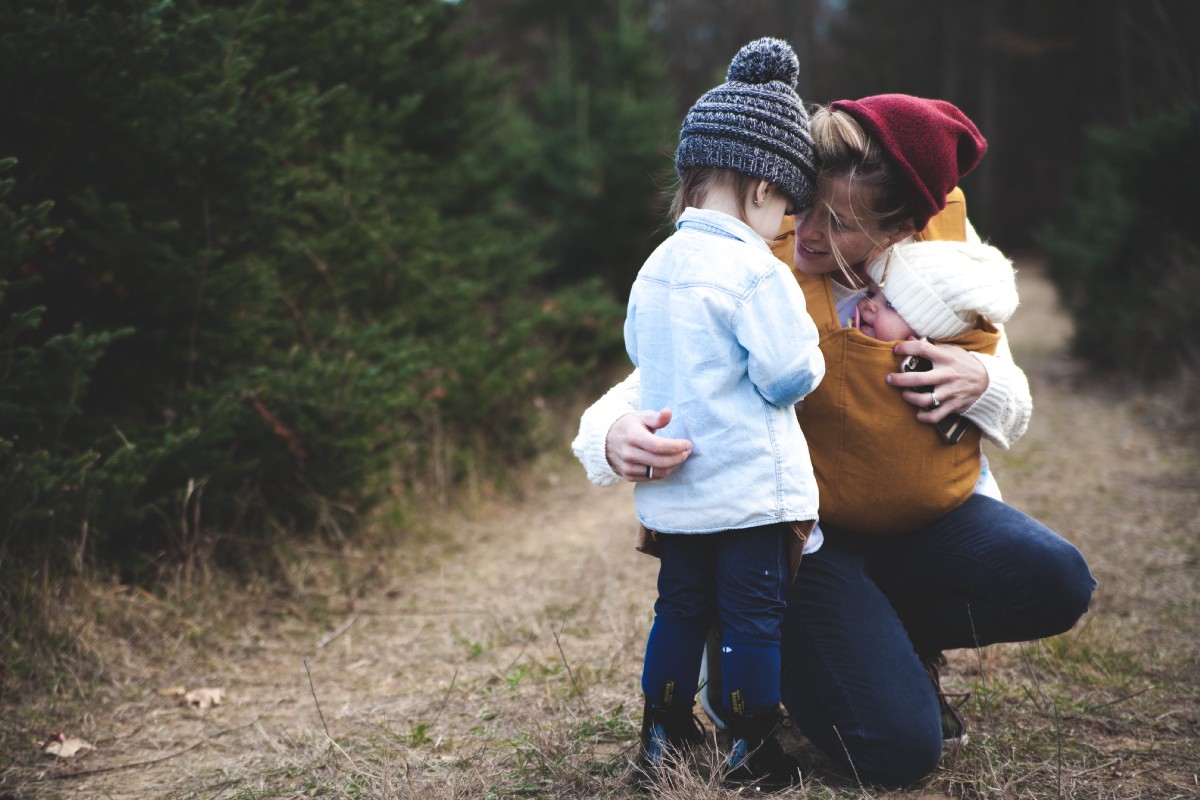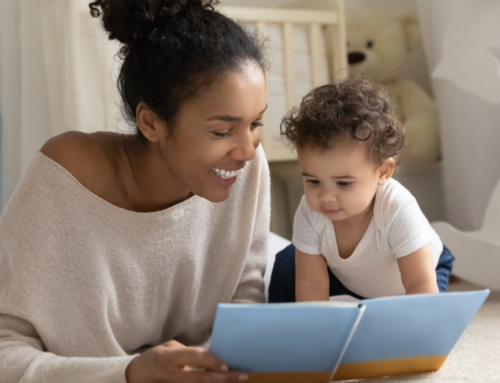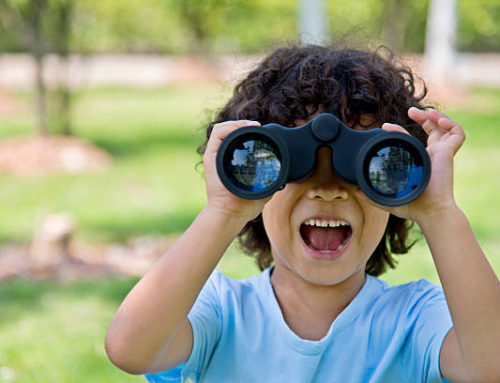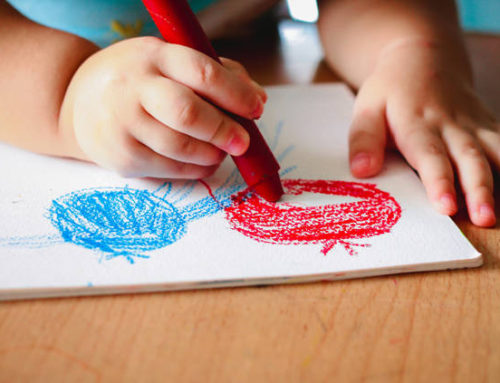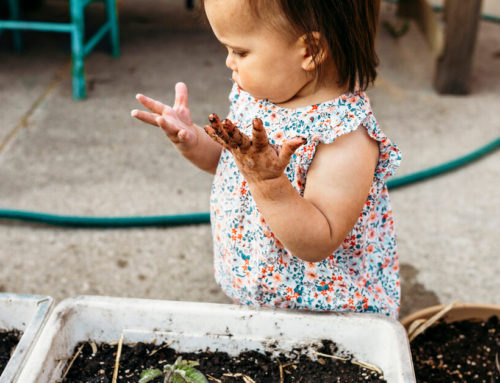Have you ever heard the saying; two heads are better than one? Well, when it comes to the latest neuroscientific research, we have learnt that in fact three brains are better than one. Hopefully it will all make sense soon…
Although we, as human beings, have one physical brain, neurobiologists have come to realize that our brains function as three separate brains in one. Each of the three brains has it’s own specific functions and purpose. They are explained below:
- The sensory brain – consists of our spinal cord and brainstem. We have termed it the ‘reptile brain’. It’s responsible for our life support system and its primary function is survival. As sensory information enters our brains, our sensory part of the brain interprets it as a threat or an opportunity for learning. Should it be detected as a threat, then our sensory brain goes into flight, fight or freeze mode where survival mode kicks in.
- The emotional brain – consists of our limbic system which is the part of the brain responsible for the processing of our emotions. We have termed this brain the ‘mammalian brain’. It is here that the sensory information that we process often links to an emotional response. For example, hearing a loud noise make evoke fear or various movements may result in happiness or excitement.
- The thinking brain – consists of our cerebral cortex or our frontal brain that is responsible for logical thought, reasoning, concentration and cognition. It is here where all learning takes place and where we can memorize and recall information. Using the previous example – our sensory brain interprets a loud sound, that evokes an emotional response of fear in our limbic system. However, our logic tells us that this sound is that of a motorbike far away which cannot hurt me and those thoughts then decrease fear and allow us to concentrate on other things.
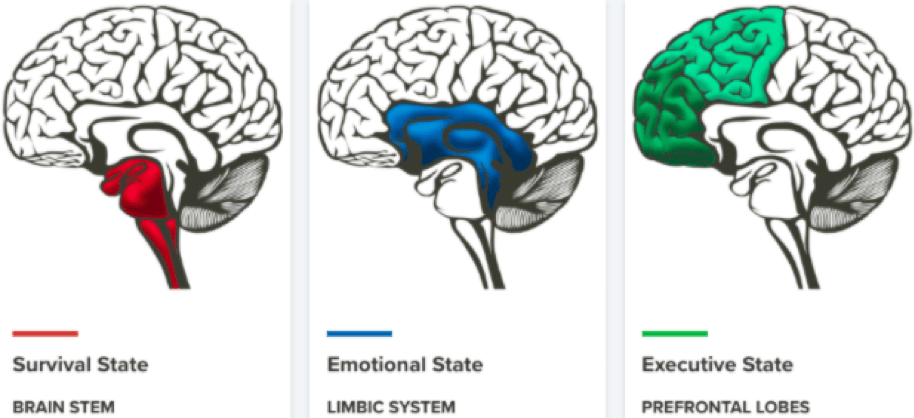
So why is this information important in raising little people you may ask? Well because it links directly to emotional regulation. Emotional regulation is the ability to understand and interpret our emotions and the emotions of others. It also includes the ability to calm ourselves down when our emotions are too big for us to manage. Emotional regulation is crucial for learning. 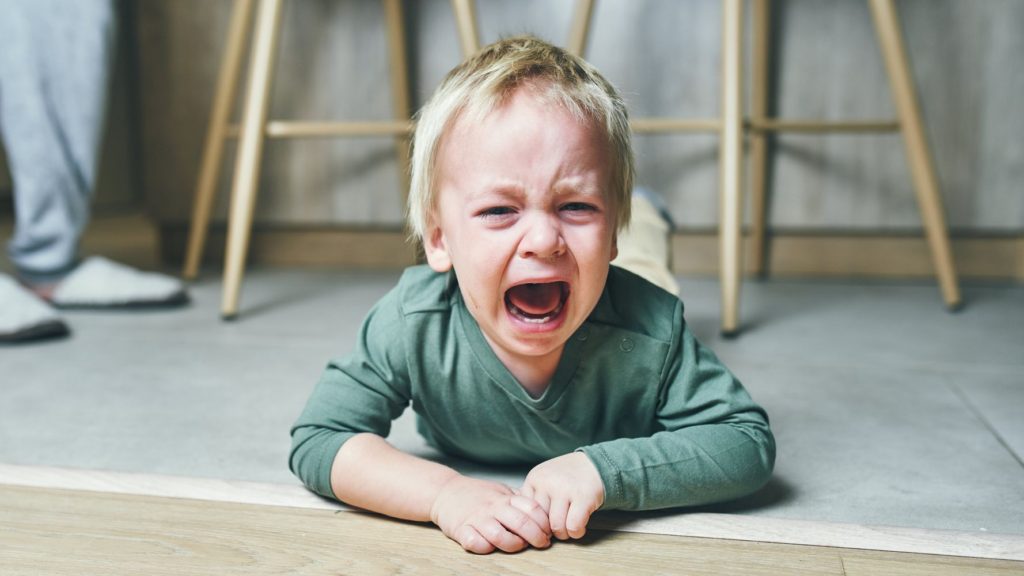 In fact, without it, it is impossible for effective learning to take place. The research regarding the three brains states that we first need to process the sensory information, then regulate our emotions and only then is our brain capable and ready to learn and focus. Consider a little one who is teething or unwell. They are less likely to want to play and engage in activities as their sensory and limbic systems are in over-drive. In order to learn well, our basic needs for safety and emotional security must be met first. Consider an adult at a conference who has just received bad news from home – it is unlikely that that person is going to be able to retain very much information in amidst floods of emotions.
In fact, without it, it is impossible for effective learning to take place. The research regarding the three brains states that we first need to process the sensory information, then regulate our emotions and only then is our brain capable and ready to learn and focus. Consider a little one who is teething or unwell. They are less likely to want to play and engage in activities as their sensory and limbic systems are in over-drive. In order to learn well, our basic needs for safety and emotional security must be met first. Consider an adult at a conference who has just received bad news from home – it is unlikely that that person is going to be able to retain very much information in amidst floods of emotions.
Our little ones emotions must be taken into account, not necessarily to over-react to every whimper or cry but to be aware of their emotions and to assist them to regulate their own emotions as they get older. Babies and toddlers have not yet learnt the skill of independent emotional regulation and rely heavily on their caregivers to calm and soothe them. For example, when there are tired, hungry or sore, they need to be held, rocked, talked to or hugged in order for them to calm down. We as adults are able to regulate our emotions and overcome them (if they aren’t out of control) to the point where we are able to still function despite our emotional responses. For example, if you are feeling frustrated about bumping your car in the morning, you are still able to regulate your emotions and move past them in order to concentrate on work for the day. But even so, your emotions would likely be a distraction from being fully focused and attentive.
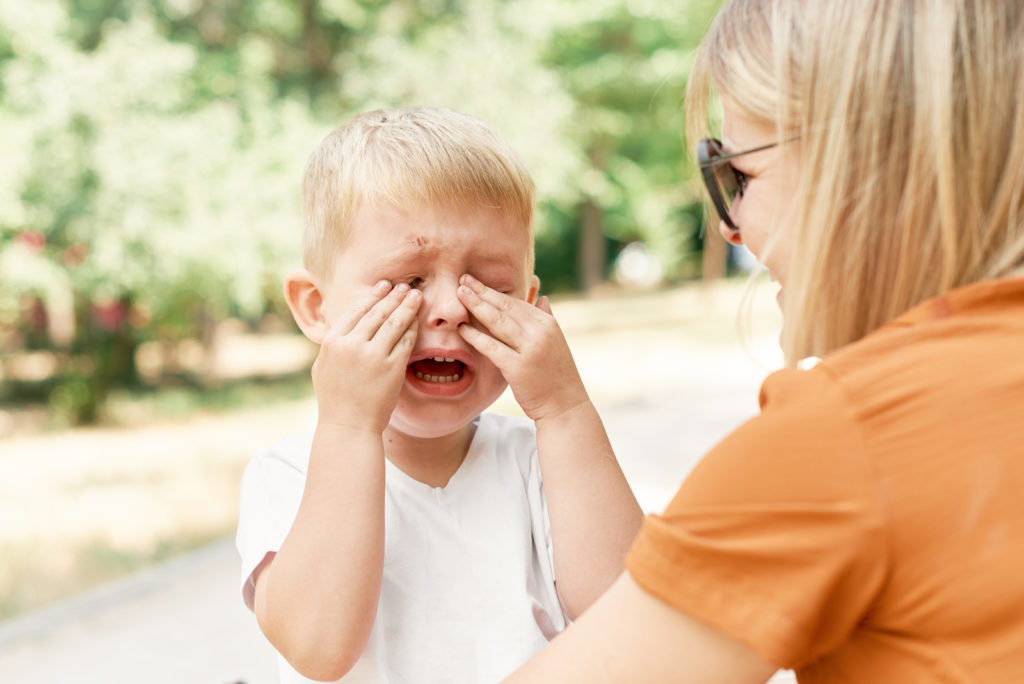
With little ones, they do not have the maturity, ability or brain capacity to be able to regulate their own emotions yet and that’s why they need our help. You can work together with your nanny to find the best ways to co-regulate with your child. This is a skill they can start learning and should learn before they head off to school. Regulating our emotions is not something that we do well every time, it’s a process of learning how best to manage our emotions and understanding ourselves better. Different approaches work for adults just as different approaches work for children. We are all unique. Some adults find deep breathing particularly useful in calming down, others enjoy a walk, while some may prefer to listen to music and journal. It’s about finding what works best for you. In the same way, we need to try and help our children find strategies that work best for them, and this is often through a trial-and-error approach. Consider your child’s sensory profile as well – our little ones who are more sensory sensitive may require calmer and quieter strategies than our firecrackers.
Some tips in helping our little ones with big emotions:
- Try not to allow their emotions to trigger an emotional response in you in other words, it is not helpful to become emotional when your toddler is having a tantrum (easier said than done, I know😉)
- Normalize and name emotions – if your child is emotional about something whether it be positive or negative, name the emotion that they are expressing and allow them to experience it.
- Don’t dismiss emotions by saying phrases such as “Why are you crying now? Big boys don’t cry” This sends a message that emotions are bad and should be suppressed or avoided
- Teach your little ones family rules – it’s okay to feel emotions, but it’s not okay to express our emotions in negative ways (i.e. hitting, biting or screaming)
- Notice triggers for example if you have an overly sensitive child, you may avoid busy shopping centers and overstimulation that might lead to an emotional meltdown.
- Be understanding that when they are tired that they will likely be more emotional – if this is the case, enforce daytime naps or early bedtimes. A tired child (and even a tired adult) cannot regulate themselves effectively
- Try different strategies to help them calm down. Some ideas include:
- Allowing them some quiet time in a closed off space (under a table with a blanket over it, in a little tent or reading corner)
- See if calming music may help
- Some children just need to be held and hugged for awhile. Teach them to find a teddy to do this with when you are not around
- Many children respond well to the distraction of being outdoors, taking a walk or just sitting on a blanket in the garden
- Deep pressure is calming – encourage trampoline jumping and assistance with chores around the house where the big muscles are activated
- Crash pads are great for children who feel frustrated and tend to lash out, as well as mini punching bags
- For more sensitive children, brushing and massage techniques can help under the guidance of an occupational therapist
- Emotion charts are a wonderful way to help little ones link emotions to expressions. It can be a helpful way to communicate with them by allowing them to point to specific faces indicating the emotions felt. Books are also a great way to talk about and share emotions through the illustrations
- For older children, talking through emotions and how to best manage them is an effective way to assist with regulation. Explaining why people react/respond a certain way is helpful in developing coping mechanisms as well
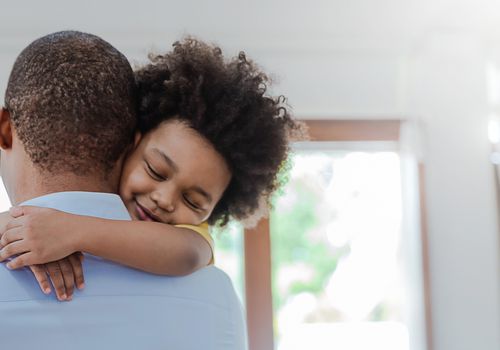
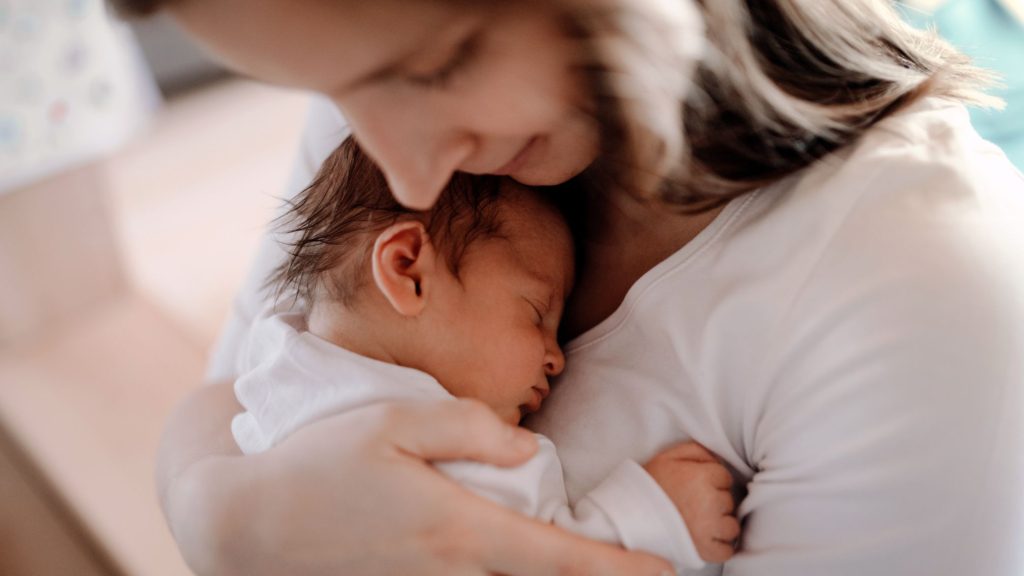
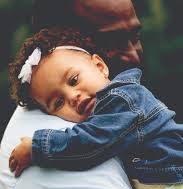
A note about school readiness and emotional regulation
We at Nanny ‘n Me prefer the term ‘learning ready’ as opposed to school ready. When little ones start school, we would ideally like their brains to be learning ready. Learning is not just an academic activity; it involves us processing sensory information and emotions in the process. It involves communication, social skills and emotional regulation. If a child is constantly in survival mode (wanting to run away or refusing to participate) or overly emotional at school, they are not yet ready. Their emotions are still too big for them to manage independently. A child learns best when they feel safe, loved and secure. This happens first in the safety of our own homes with loving caregivers. Emotional regulation is a learnt skill that we can teach just the same as we teach tying shoelaces and doing up buttons, and quite frankly, its all the more important. Please chat to us at Nanny ‘n Me if you need any support with your little one’s emotional regulation.
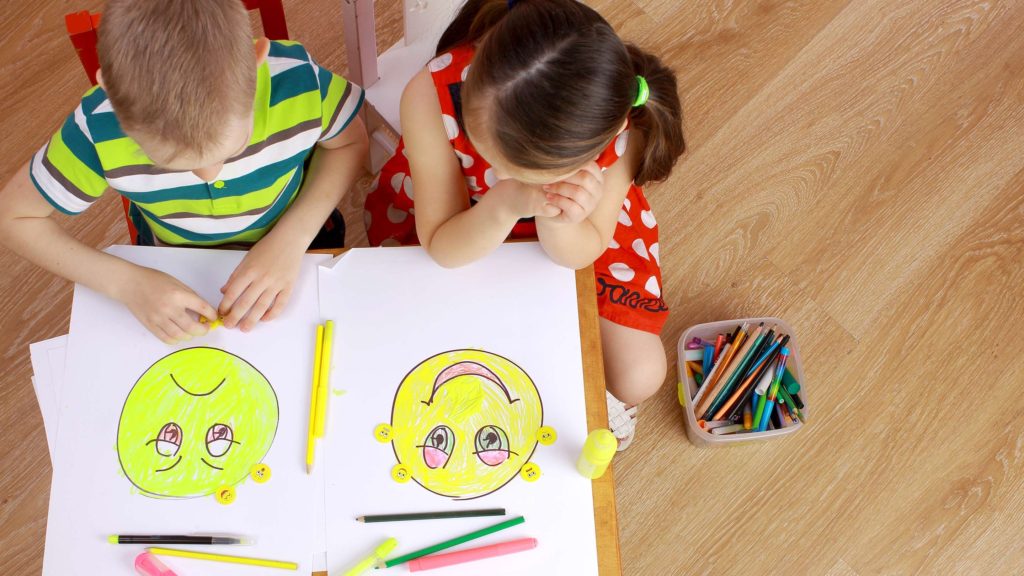
Written by Courtney Mercer
Occupational Therapist and Mom of two


